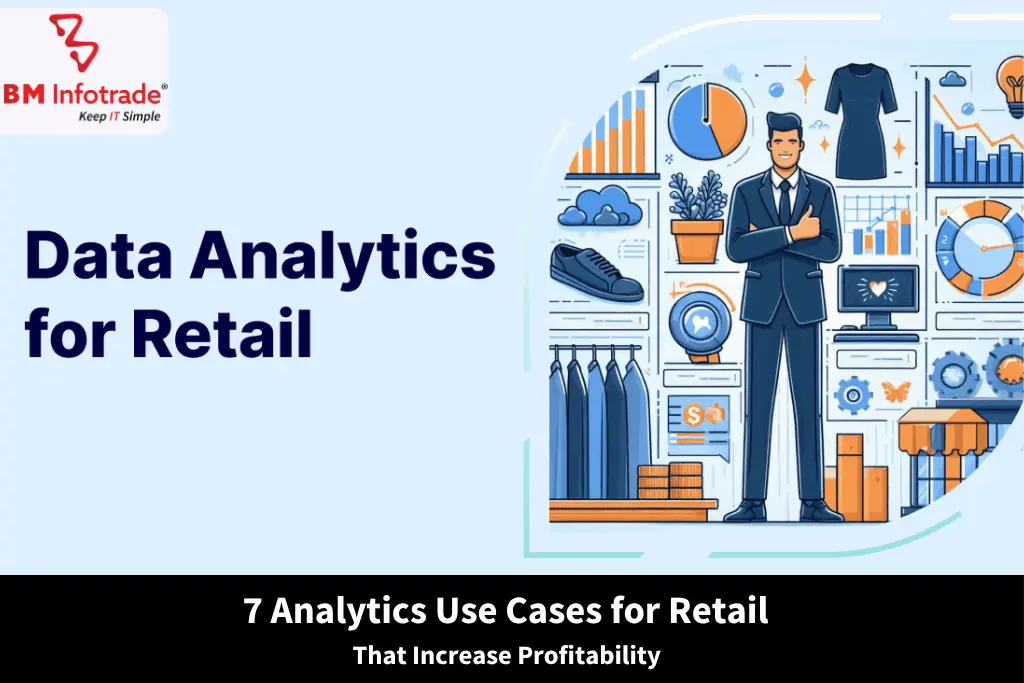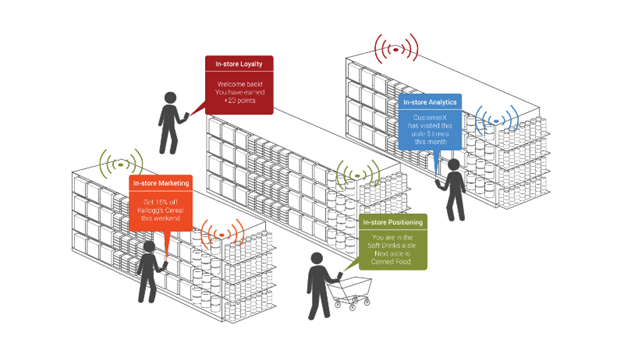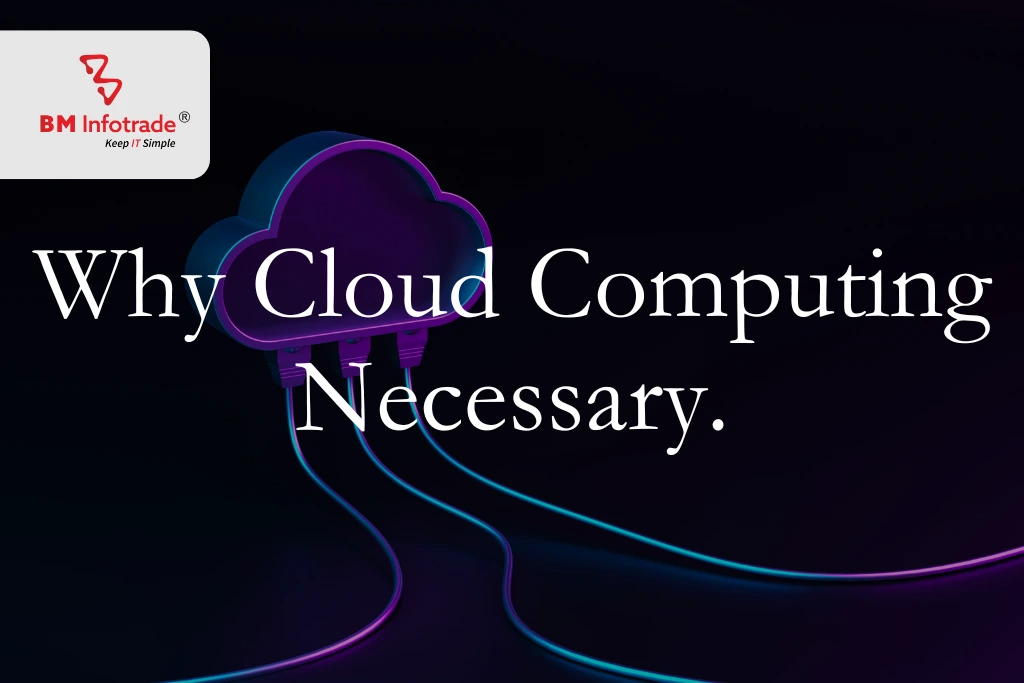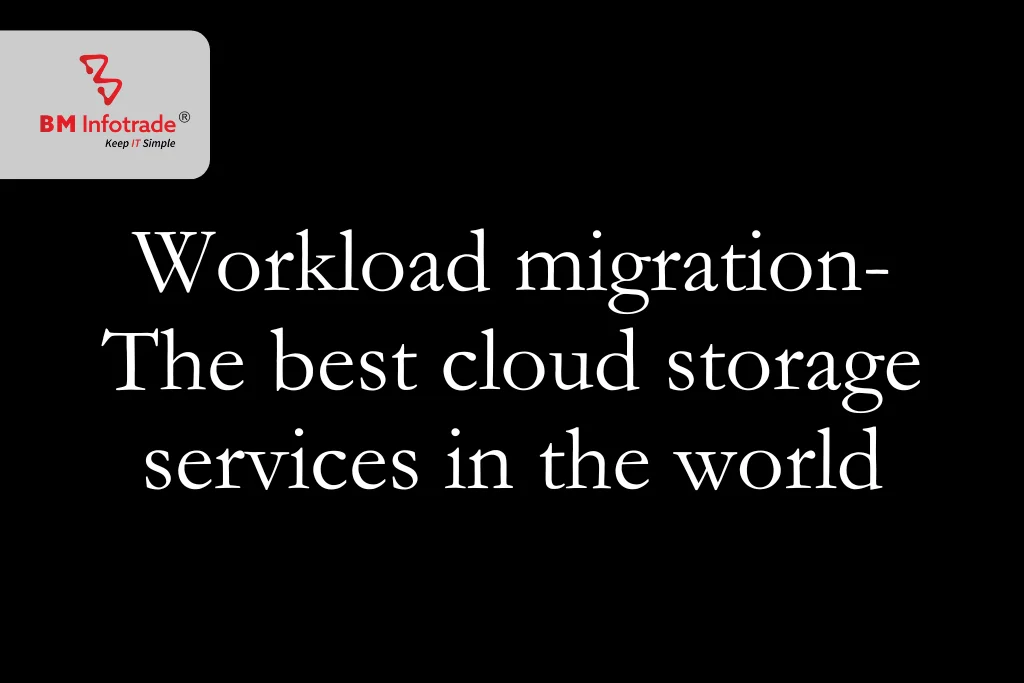7 Analytics Use Cases for Retail That Increase Profitability
Discover seven powerful analytics use cases in retail that directly drive profitability. Learn how modern retailers leverage data to optimize inventory, personalize marketing, improve operations, and grow revenue.

7 Analytics Use Cases for Retail That Increase Profitability
Table of Contents
- 1. Customer Segmentation and Personalisation
- 2. Price Optimisation and Dynamic Pricing
- 3. Demand Forecasting and Inventory Planning
- 4. Supply Chain Optimisation
- 5. Store Layout and Footfall Analytics
- 6. Marketing Attribution and Campaign Performance
- 7. Customer Lifetime Value (CLV) Prediction
- Conclusion
- FAQs
In the contemporary world of retail, competition is stiff, and success cannot be achieved through simply managing stock or elegantly designing outlets. The difference-maker? Data analytics. Every day, data related to transactions, behaviours, and supply chains is created in staggering quantities; analytics is now the retail industry’s best friend when it comes to outperforming competitors, improving profit margins, reducing operational inefficiencies, and improving the overall shopping experience.
This article outlines seven essential analytics use cases that retail firms should utilise to improve profitability and remain competitive in the industry.

1. Customer Segmentation and Personalisation
Understanding customers is critical for any thriving retail business. This is made possible with the analytics of customer segmentation, where retailers split up their audience based on demographic information, purchase history, lifestyle preferences, and digital behaviour.
Doing so allows brands to personally appeal to each marketing segment, as well as adapt promotions and product assortments tailored to the specific preferences of each segment. For instance, a clothing retailer could advertise athleisure wear to younger urbanites and formal wear to older professionals. Both groups respond to insights from past behaviour.
Impact on Profitability:
-
Improves campaign-specific ROI.
-
Bolsters customer retention and lifetime value.
-
Decreases churn through custom-tailored engagement.
2. Price Optimisation and Dynamic Pricing
The price a retailer sets remains one of the decisive factors that affect customer choices and business profitability. The rapidly shifting customer demand in e-commerce leaves no room for fixed traditional pricing approaches.
Dynamic pricing offers an alternative approach that optimally sets the price based on demand, competitor prices, available inventory, and other historical data. Retailers now have access to machine learning models which can suggest the most profitable price points by incorporating factors like elasticity and seasonality into their calculations.
Impact on Profitability:
-
Maximises income while retaining patron respect.
-
Contributes to clearing redundant stock more effectively.
-
Offers a superior response to market conditions when set next to manual pricing.
3. Demand Forecasting and Inventory Planning
If you overstock an item, it will become marked down at some point in time, and if you understock it, sales will be lost. The only way to balance both sides is by using analytics, based on forecasting the demand.
Retailers extract value from all sales data available by combining outside trends and up-to-date store information to create precise plans for the demand sizing on an item level. Such detailed planning ensures putting the right stock in the store’s right place and time.
Impact on Profitability:
-
Minimises the cost of carrying inventory and prevents loss due to wastage.
-
Prevents loss of sales as a result of stock depletion.
-
Improves the usage of floor space and storage space in a warehouse.
4. Supply Chain Optimisation
An optimised and streamlined supply chain architecture is critical to profitability. Analytics makes it possible for retailers to manage and enhance every link of the supply chain, from the supplier’s service to the last-mile delivery.
Retailers use analytics to:
-
Anticipate and alleviate delivery delays.
-
Assess new suppliers against current ones based on past dependability.
-
Use spatial information to improve transport navigation.
-
Equally divide expenditures related to rapid outputs and operational efficiency.
Impact on Profitability:
-
Decreases costs related to logistics and procurement.
-
Enhances availability on store shelves.
-
Augments vendor negotiation over vendor performance evaluation.
5. Store Layout and Footfall Analytics
In physical retail locations, each square foot is valuable. Retailers now can identify customer movement patterns using heatmaps, video analytics, and RFID data, which reveal both active areas and inactive spaces within a store.
Armed with this insight, they can:
-
Position high-margin products in circulation areas.
-
Reorganise layouts to eliminate sources of friction.
-
Better optimise staff allocation for historical traffic patterns.
Impact on Profitability:
-
Enhances the mean basket value.
-
Drives unplanned purchases through improved merchandising.
-
Improves in-store operational inefficiencies.
6. Marketing Attribution and Campaign Performance
From email to social media and even paid search, there is no denying that retailers invest heavily in omnichannel marketing. But where does the revenue come from? Analytics solves this dilemma using multi-touch attribution models.
Marketers are able to monitor the entire customer journey, which includes clicks, visits, cart additions, and conversions. Knowing this, marketers are able to identify the most effective messages and channels that drove sales. This tracking enables marketers to make smarter budget allocations in future campaigns.
Impact on Profitability:
-
Discourages inefficient advertising expenditure.
-
Refines channel marketing strategies for better return on investment.
-
Enhances the rate of successful transactions through better offers and messaging.
7. Customer Lifetime Value (CLV) Prediction
Not all customers are the same; some make one-time purchases, while others are repeat loyal customers. With modern technology, retailers can estimate Customer Lifetime Value at the beginning of the buyer’s journey.
This allows them to:
-
Focus on the most profitable customers in loyalty programs.
-
Detect and re-engage with customers who are most at risk.
-
Tailor offers to customers through their projected future value.
Impact on Profitability:
-
Enhances income in the apex by retaining customers.
-
Aids in channelling the resources toward the pricier segments.
-
Assists in sophisticated promotional techniques and pricing policies to improve margins.
Also Read:- Best Data Visualization Tools for Mid-Size Teams in 2025
Conclusion
From smarter pricing to precise forecasting and the formulation of personalised marketing campaigns, it is evident that advanced analytics is revolutionising retail profitability. These businesses engaging with advanced analytics are not passively responding to customer behaviour; they are proactively shaping it.
In today's world of impossibly high customer expectations and notoriously tight profit margins, analytics is no longer a nicety. It has become one of the fundamental “must-haves.” Analytics is a key ingredient propelling retail forward.
Now is the time for all retailers, whether they are a small, independent store or a global chain, to invest in analytics - not just for insights, but for survival, growth, and enduring profitability.
FAQs
1. How can analytics improve profitability in retail?Inventory optimization and dynamic pricing are often cited as the fastest ways to improve ROI, as they directly impact stock levels, reduce waste, and capture additional revenue opportunities quickly.
3. What types of data do retailers need to implement these analytics use cases?
Retailers need access to sales data, customer transaction histories, inventory records, market trends, and sometimes third-party data such as competitor pricing or demographic profiles.
4. How can small or mid-sized retailers benefit from analytics?
Modern analytics solutions are scalable and increasingly accessible, enabling even smaller retailers to leverage insights for customer segmentation, optimized stocking, and improved marketing effectiveness without major upfront investment.
5. What challenges do retailers face when adopting data analytics?
Common challenges include data quality issues, integrating data from multiple sources, limited analytics expertise, high implementation costs for custom solutions, and ensuring privacy compliance. Overcoming these barriers often involves the adoption of user-friendly analytics tools and ongoing staff training.







Anshul Goyal
Group BDM at B M Infotrade | 11+ years Experience | Business Consultancy | Providing solutions in Cyber Security, Data Analytics, Cloud Computing, Digitization, Data and AI | IT Sales Leader